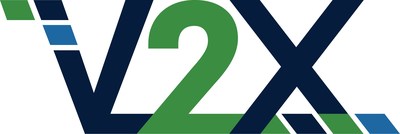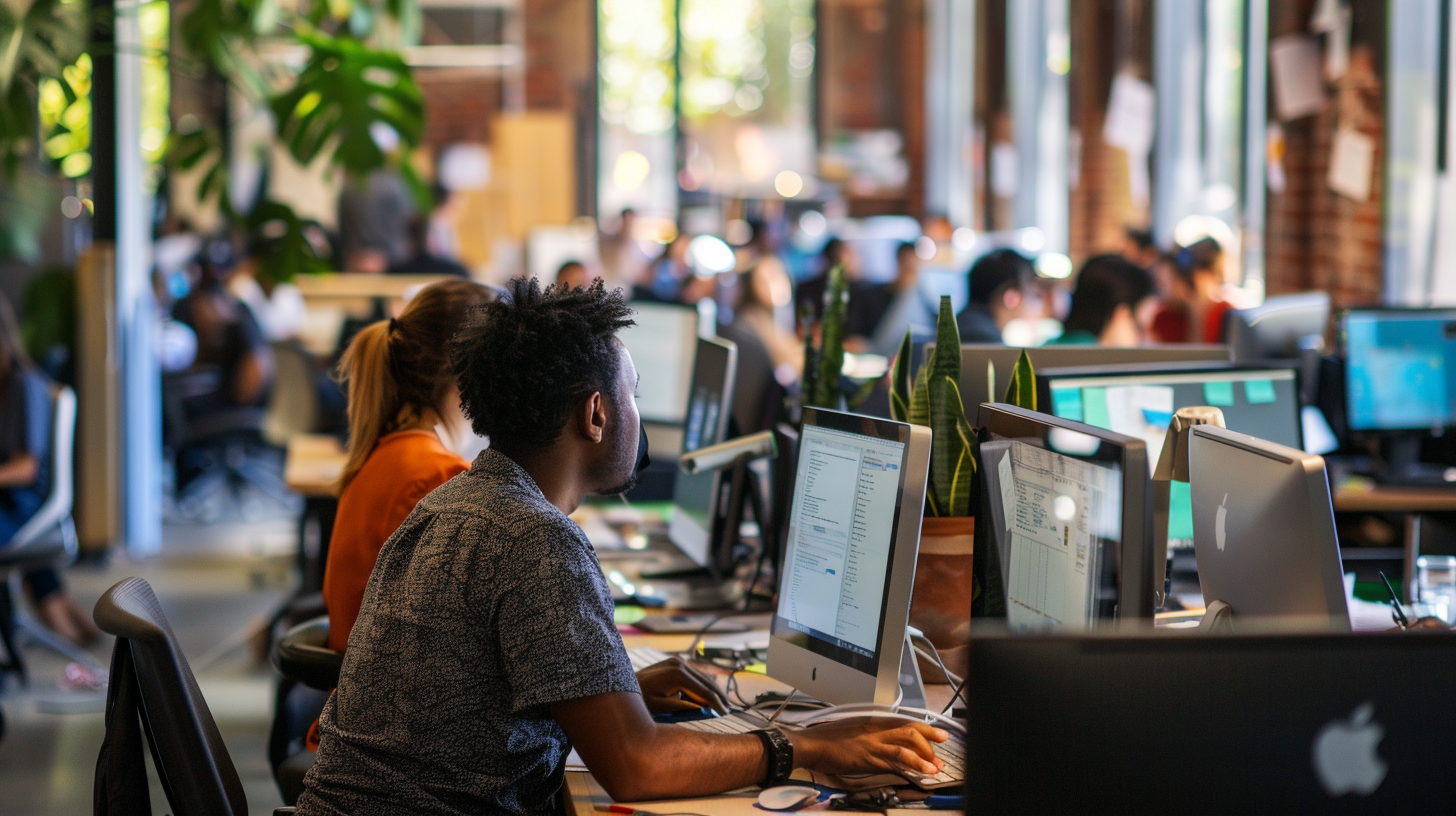September 18, 2025
FORT WORTH, Texas, Sept. 18, 2025 (GLOBE NEWSWIRE) — SEGG Media Corporation (NASDAQ: SEGG, LTRYW), (the “Company” or “SEGG Media”) the global sports, entertainment, and gaming conglomerate, today announced it has secured premium full-page advertisements in NFL Team Yearbooks for the 2025/26 season, which ensures SEGG Media’s presence across 25 of the NFL’s 30 stadiums.
The placements feature QR code integration, driving fans directly to Lottery.com and Sports.com, delivering seamless digital engagement from in-stadium experiences to SEGG Media’s online platforms.
The Company secured advertisements in NFL Team Yearbooks that include both Super Bowl LIX winner Philadelphia Eagles and runner-up Kansas City Chiefs. The SEGG Media advertisement also appears in both NFL Team Yearbooks featured in tonight’s Thursday Night Football match-up, Buffalo Bills vs Miami Dolphins at Hard Rock Stadium. A complete list of NFL Team Yearbooks containing SEGG Media’s advertisements are as follows:
| Arizona Cardinals | Atlanta Falcons | Baltimore Ravens |
| Buffalo Bills | Carolina Panthers | Chicago Bears |
| Cincinnati Bengals | Cleveland Browns | Detroit Lions |
| Houston Texans | Indianapolis Colts | Jacksonville Jaguars |
| Kansas City Chiefs | Los Angeles Chargers | Los Angeles Rams |
| Miami Dolphins | New England Patriots | New Orleans Saints |
| New York Giants | New York Jets | Philadelphia Eagles |
| Pittsburgh Steelers | San Francisco 49ers | Tampa Bay Buccaneers |
| Washington Commanders | ||
“This places SEGG Media at the heart of America’s biggest sport, delivering massive exposure for the Company and the Sports.com brand in front of one of the most passionate fan bases in the world,” said Matthew McGahan, Chairman, President & CEO of SEGG Media. “It’s another step in positioning SEGG Media as a leading global sports, entertainment, and gaming brand into the future.”
Marc Bircham, SEGG Media Board Director and Director of Sports.com, added: “SEGG Media has always recognized that to build a true sports media conglomerate we must capitalize on iconic American sports like the NFL, NBA, MLB, IndyCar, and NASCAR. This initiative demonstrates that we are delivering on our promises to shareholders by embedding ourselves in the heartbeat of U.S. sports and entertainment culture. Engaging directly with NFL fans is a vital steppingstone, and we are actively exploring additional opportunities for the 2025/26 season, from behind-the-scenes content to interactive fan experiences. By delivering engaging content, attracting new users and investors, and expanding not just here at home, but globally, the Company is positioning itself to stand front and center as one of the most dynamic media companies listed on major exchanges today.”
The NFL Team Yearbook initiative forms part of the Company’s wider U.S. expansion strategy, which includes sponsorships in IndyCar, partnerships in esports through Veloce and Quadrant, and the upcoming launch of Concerts.com.
About SEGG Media Corporation
SEGG Media (Nasdaq: SEGG, LTRYW) is a global sports, entertainment and gaming group operating a portfolio of digital assets including Sports.com, Concerts.com and Lottery.com. Focused on immersive fan engagement, ethical gaming and AI-driven live experiences, SEGG Media is redefining how global audiences interact with the content they love.
Forward-Looking Statements
This press release contains statements that constitute “forward-looking statements” within the meaning of Section 27A of the Securities Act of 1933, as amended, and Section 21E of the Securities Exchange Act of 1934, as amended. All statements, other than statements of present or historical fact included in this press release, regarding the Company’s strategy, future operations, prospects, plans and objectives of management, are forward-looking statements. When used in this Form 8-K, the words “could,” “should,” “will,” “may,” “believe,” “anticipate,” “intend,” “estimate,” “expect,” “project,” “initiatives,” “continue,” the negative of such terms and other similar expressions are intended to identify forward-looking statements, although not all forward-looking statements contain such identifying words. These forward-looking statements are based on management’s current expectations and assumptions about future events and are based on currently available information as to the outcome and timing of future events. The forward-looking statements speak only as of the date of this press release or as of the date they are made. The Company cautions you that these forward-looking statements are subject to numerous risks and uncertainties, most of which are difficult to predict and many of which are beyond the control of the Company. In addition, the Company cautions you that the forward-looking statements contained in this press release are subject to risks and uncertainties, including but not limited to: the Company’s ability to secure additional capital resources; the Company’s ability to continue as a going concern; the Company’s ability to complete acquisitions; the Company’s ability to remain in compliance with Nasdaq Listing Rules; and those additional risks and uncertainties discussed under the heading “Risk Factors” in the Form 10-K/A filed by the Company with the SEC on April 22, 2025, and the other documents filed, or to be filed, by the Company with the SEC. Additional information concerning these and other factors that may impact the operations and projections discussed herein can be found in the reports that the Company has filed and will file from time to time with the SEC. These SEC filings are available publicly on the SEC’s website at www.sec.gov. Should one or more of the risks or uncertainties described in this press release materialize or should underlying assumptions prove incorrect, actual results and plans could differ materially from those expressed in any forward-looking statements. Except as otherwise required by applicable law, the Company disclaims any duty to update any forward-looking statements, all of which are expressly qualified by the statements in this section, to reflect events or circumstances after the date of this press release.
For additional information, visit www.seggmediacorp.com or contact media relations at media@seggmediacorp.com















